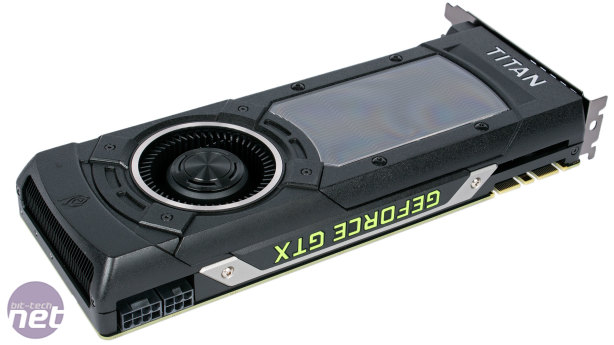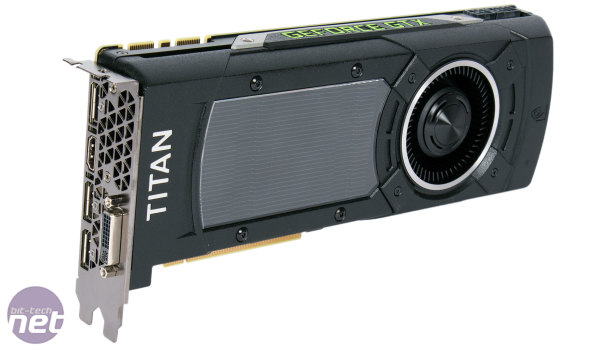
Performance Analysis
The short story is that GTX Titan X is easily the fastest single GPU card around, significantly increasing the margin on the previous champion, the GTX 980, in every test, and even nipping at the heels of the R9 295X2, which uses two of AMD's current fastest GPUs.The GTX Titan X chomps through Battlefield 4 without issue. It manages almost 100fps minimum at 1080p, and it's smooth sailing at 1440p too where it has no trouble staying over 60fps. At this resolution, the minimum frame rate is actually more than 50 percent faster than the GTX 980, and it's 43 percent faster at 4K too, where it manages a 40fps minimum. This is a great result and is the first time a single GPU card has gotten through this test smoothly. That said, we do test without AA here, and the R9 295X2 is 11fps quicker still.
BioShock Infinite is an easier game to run, the 100fps minimum at 1440p being clear evidence of this. It also manages a lovely 50fps at 4K, which is 15fps quicker than any previous single GPU.
Crysis 3, our most gruelling game, is, of course, no problem at 1080p. At 1440p, the Titan X can't quite manage at minimum of 60fps, though it isn't far off. At 4K, it only manages a 26fps minimum (and this is without AA), but this is still a third quicker than a GTX 980. It's also the only single GPU card to pass the “technically playable” test here as well, which is quite the achievement. That said, this is also the test where the R9 295X2 has its biggest lead – a 31 percent advantage on the minimum fps and 21 percent on the average.
Skyrim performance is, of course, flawless – over 100fps at 1440p and way over 60fps at 4K with all the details cranked up.
Overall, the GTX Titan X betters the GTX 980 by around 40 percent on average when looking at the minimum frame rates in games at 1440p and 4K (excluding Skyrim at 1440p, which is more CPU limited). In the same benchmarks, the R9 295X2 is faster by 13 percent at 1440p and 21 percent at 4K.
In Unigine Valley, the GTX Titan X is actually quicker than the R9 295X2 at 1080p, though at the more important 1440p resolution AMD's monster inches ahead. However, the Titan X maintains a 39 percent lead on the GTX 980, reflecting what we saw in our games tests.
Power consumption is in line with what was expected, with almost identical results to the GTX Titan Black and GTX 780 Ti, which are both 250W cards as well. Amazingly, GTX Titan X still consumes less power than the reference R9 290 and R9 290X cards, despite being in a different league of performance. Temperatures are in line with previous efforts too, with the cards all hovering at around 82°C or 83°C for a delta T of around 60°C. Under sustained load, the card's fan peaked at about 50 percent (~2,400RPM), where it was more audible than a GTX 980 but still not loud.
Overclocking the card by 19 percent on the core and 14 percent on the memory unsurprisingly saw performance at 1440p and 4K increase by between 14 and 18 percent, though the minimum frame rate in Crysis 3 went up by 7fps, or 26 percent, suggesting the initial runs were being held back or stuttering. At these speeds, power consumption rose to 412W, finally overtaking the R9 290X but still a massive 250W less than the R9 295X2. Temperatures stayed the same but the fan ramped up to 55 percent (~2,550RPM) – an increase in noise was apparent, but it was still tolerable.

MSI MPG Velox 100R Chassis Review
October 14 2021 | 15:04











Want to comment? Please log in.